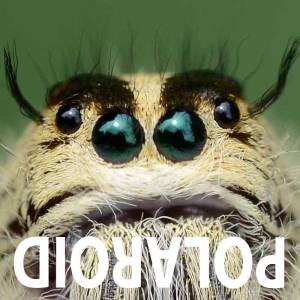Legs
I had two safaris today, the first a 6am at the stream and later I joined my mate Geoff and his son Josh on a safari to the waterfall. It was a fun day out for all of us, but particularly Josh, you could really see the glee in his eyes.
Josh is an 8 year old bundle of energy, intensely curious about the world around him and not afraid to ask questions - hundreds of them! We both had more than enough patience to answer all of them, as we know that this information is going to stay with the youngster for life and that is a feel good thing for me.
Dad let him carry the fossil hammer, which he put to work immediately, smashing every stone, chunk of wood and even wet mud when there was nothing else to hit. While Geoff and I, aging warriors, picked our way carefully along the rugged path with the occasional stumble, Josh was like an excited puppy, bounding ahead without a care in the world, then pushing his way past us and bounding back to pound a rock that he had missed. Great fun, but I slept for four hours when I got home, I was so knackered.
Today's blip is about insect legs, primarily dragons and damsels (blip) but all insects have the same basic design. At the end of the legs are two hooks, some, like beetles have three, these are used for pulling (tension). From the claws to the first joint are a row of strong hairs and often a spike at the joint and these are used for standing or pushing (compression). The rest of the damsels legs are covered in longer spikes, these are used for gripping prey as they snatch it out of the air.
On all insects, the legs are on the thorax, the first body just behind the head. On long insects like the dragons and damsels, the centre of gravity is way back, well past the legs, so it is impossible to stand in the normal way with all the legs in compression otherwise the insect would tip over. The damsel stands on its rear pair of legs, gripping with the spikes (compression). This pair of legs act as a fulcrum, about which the body tips/rotates. The next pair of legs employ the hooks, to catch the side of the twig and prevent the tipping/rotation (tension) and thus the insect is balanced.
The front pair of legs are not required for standing and are usually folded up behind the insects head, coiled like a spring and ready for the hunt, the same mode of operation as the front legs of a praying mantis. There are of course variations throughout the insect world, but this is the basic theme.
As a result of this extreme balancing act, it is not possible for dragons to walk. Dragons can be seen landing on a flat surface like a stone, but this is not the preferred perch. The dragon has nothing to grip with its hooks and so has difficulty to achieve a balanced stance. I guess there is lots more to write, but I just wanted to cover the basics, so next time you get up close to a dragon you can appreciate the mechanics.
Thanks Geoff and Josh for a great day out.
Dave
- 24
- 6
- Nikon D7000
- f/20.0
- 105mm
- 400

Comments
Sign in or get an account to comment.


